In this tutorial, we will explain all the necessary information about Voltage Testers. If you want to know about different kinds of voltage Testers, their working principle, and how to use them in detail, then read this post carefully till the end.
1.0 What is a Voltage Tester Pen
1.1 Difference between Voltage Tester Pen and Multimeter
1.2 Working Principle of Non-Contact Voltage Tester
1.3 Types of voltage tester
1.4 How to use Voltage Tester Pen
1.5 Kaiweets voltage testers
1.0 What is a Voltage Tester Pen?
A voltage tester pen or volt stick is used to check for the presence of voltage without the hassles of more complicated multimeters, clamp meters, etc. When diagnosing or working on a failing asset, knowledge of voltage presence is helpful. You'll go for a non-contact voltage detector as your initial tool. It is relatively simple to use and is mostly used to detect the presence of AC voltage in or near the item or surface.
It is capable of detecting the existence of voltage in wires, outlets, circuit breakers, lighting fixtures, power cables, etc. These testers can produce auditory or visual signals to show the presence of voltage. A small number of them additionally employ light or numbers to denote the voltage level near the item or surface. Capacitive coupling, which involves sensing the voltage without encountering the wire or surface being tested, is the fundamental operating concept of voltage testers. A test light is another name for a voltage tester. This tester's main purpose is to shield the operator from an unintentional electric shock.

You can check the modern KAIWEETS voltage tester collections at the link. Here is the list of advanced Voltage testers available in the market:
- Digital Voltage Tester AC
- Digital Voltage Tester DC/AC
- Non-Contact AC Voltage Tester Pen
- GFCI Socket Tester Pro with LCD Display
- Voltage Tester Kit
- GFCI Outlet Tester with Voltage Display
- Electrical Testing Kit
- Voltage Tester/Non-Contact Voltage Tester
1.1 Difference between Voltage Tester Pen and Multimeter
- Function
A non-contact voltage tester solely determines whether the voltage is present, in contrast to a multimeter, which may also measure current. The voltage level on the cable can be measured with a multimeter, among other measurements and tests.
- Working
To check if two points are linked, a multimeter search for very low resistance. To accomplish so, a tiny current is introduced into the circuit, and the potential difference across those locations is measured thereafter. The resistance is then determined using the voltage drop.
Two wire connections with a metal probe at either end make up a straightforward neon voltage tester. The wire probes must make contact with the cables; one probe should be in contact with the hot wire and the other should be with the neutral wire. The neon bulb will illuminate if there is current flowing through it.
- Safety
In order to attach a multimeter to the circuit in series, the connection must first be broken. It is a somewhat drawn-out procedure that has to be handled carefully. If handled by amateur electricians, it might be a little dangerous to use. The simplest and safest voltage testing instrument is a basic, battery-powered voltage tester, especially a non-contact voltage tester. It enables voltage testing without requiring you to touch any cables or circuitry components.
1.2 Working Principle of Non-Contact Voltage Tester
It monitors the flux lines of the electric field created between the system's live component and the earth's potential. By detecting a very tiny amount of current that is capacitively linked from the active circuit to the tester and back to the ground, non-contact voltage testers detect voltage. When they see this current without having to make direct touch, non-contact voltage testers begin to light up.
It has a sensor that winds the tip. Following that, the winding is positioned in the electromagnetic field. When the tester's tip is in contact with a conductor, outlet, or supply cord, a built-in sensor at the end of the device detects the presence of voltage.
The electric field and energized conductors, whether there is an incomplete circuit or not, are both detected using a capacitor coupling. Through capacitive coupling, you become the ground reference by holding the tool. You can tell there is electricity when the tip lights red and the device beeps.
1.3 Types of voltage tester
- Non-contact voltage tester
An inductance tester is another name for it. One of the safest and simplest tests to use is this one. Without touching the surface or a portion of the equipment being tested, users may test the voltage in cables or other devices. After getting the tester's tip close to the wire, the reading is simply shown on the screen. It may be used by both experts and do-it-yourself homeowners.
- Neon voltage tester
It has a neon light inside and is available in a small version. It features a metal probe on either end of two short wire leads. It determines whether or not there is voltage in the circuit. It is unable to display the range of voltage, though. For this, the user must make contact with the circuit wires using wire probes.
- Solenoid voltage tester
It also goes by the name "multi-function tester." Both analog and digital variants are available. Both voltage and polarity may be tested. Most electricians use it. It contains two wires and an expanded probe that extends from the tester's bottom.
- Digital Voltage Tester
It functions digitally and without physical interaction. It is a handy tool that serves a variety of needs. Its main purpose is to determine whether a fault cause is there or whether the technical device is operating normally in the environment. Additionally, it finds overload problems and interfering signals.

1.4 How to use Voltage Tester Pen
You merely need to touch the tester's tip to the wire or, if you're testing an outlet, place it on the faceplate of a shorter plug hole to use a non-contact voltage tester. To demonstrate there is voltage, the majority of testers will either light up or make a sound. When voltage is found in the Kaiweets VT200 Non-Contact Voltage Tester/Non-Contact Voltage Tester, the tip flashes red, and a beeper rings.
Read and mind the cautions and instructions that come with your non-contact voltage tester before you start using it. Each tester varies a little bit.
Follow these easy methods to test electrical cables if a wire is live:
- Connect the non-contact voltage tester's tip to a system or wire that is known to be live.
- To determine whether there is power in the cable or circuit you need to test, use the tester.
- To confirm that the tester's batteries didn't run out or that the tester didn't break down during the test, test it again against a recognized voltage source.
Note: You may test a power cable without a multimeter by using a voltage tester or detector.
1.5 KAIWEETS voltage testers
KAIWEETS non-contact voltage detectors come with sturdy, high-quality construction, are simple to use and are certified up to CAT IV 1000 V. These detectors stand out and contribute to your safety thanks to Kaiweets's exceptional dependability, which you have come to anticipate. Kaiweets provides more top-notch electrical testers. Check out the complete lineup of voltage continuity testers and electrical testers from Kaiweets.



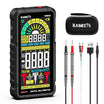
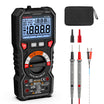

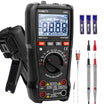
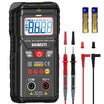
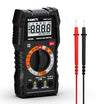
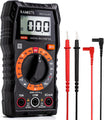
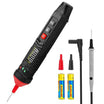
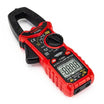
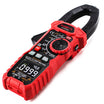
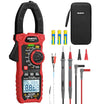

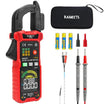
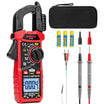

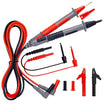
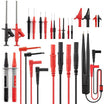


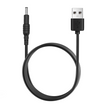
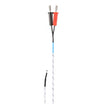
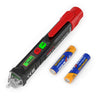

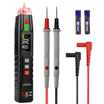
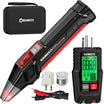
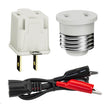
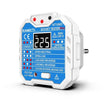
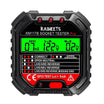
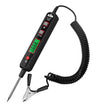
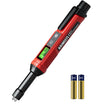
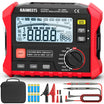
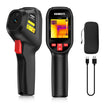
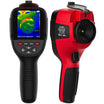
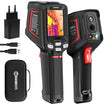
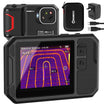
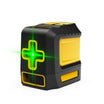
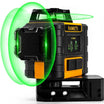

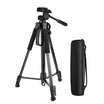
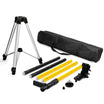



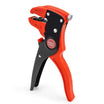
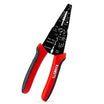
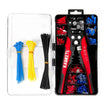

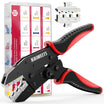
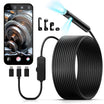
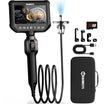

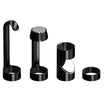
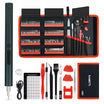
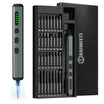
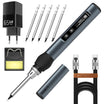
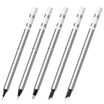
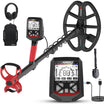
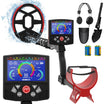
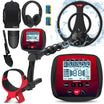


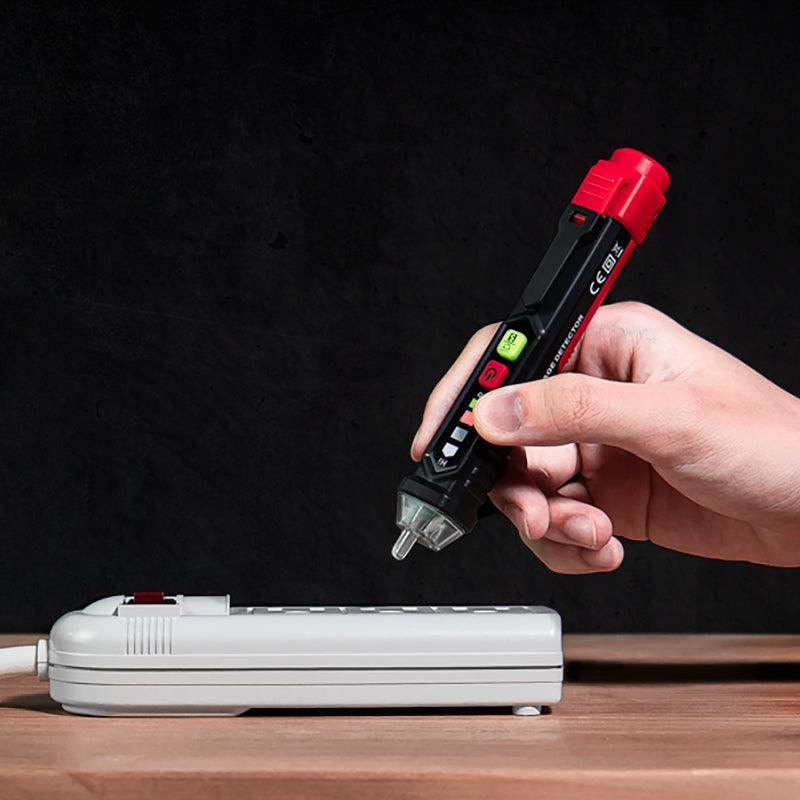

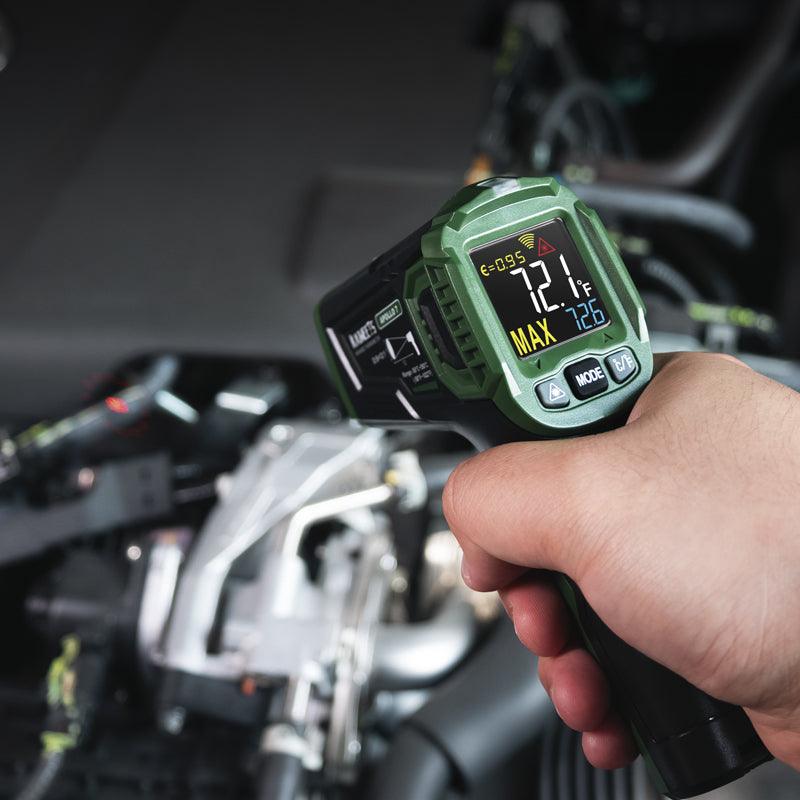
Leave a comment
All comments are moderated before being published.
This site is protected by hCaptcha and the hCaptcha Privacy Policy and Terms of Service apply.